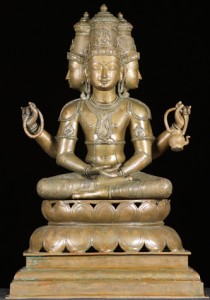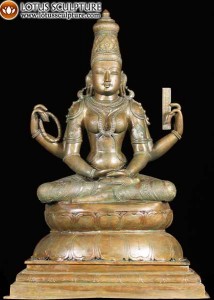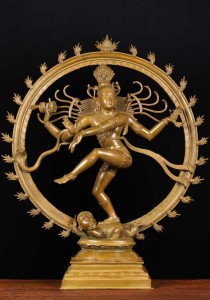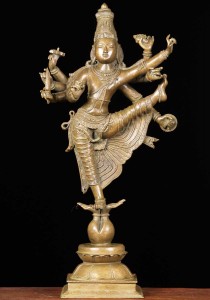Many people wonder about the Buddhist and Hindu word Dharma and what it signifies. The concept of dharma is key within both Buddhism and Hinduism. When capitalized and referred to as the Dharma, the word means the collective teaching of Siddhartha Gautama Buddha, or the Enlightened Buddha. Much the same way Christians study Jesus’s teachings within the Bible, Buddhists study and worship the Dharma. Simply put, the Dharma is the Buddha’s Teachings.
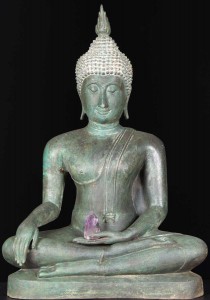
When presented in a lowercase form as dharma, the word translates to mean simply ‘the way things are’. Just as the Taoists follow the Tao, or the Way as they call it, dharma represents the laws of nature or why things are the way they are. It is thought to be our ultimate aim in life to realize the dharma or understand the ways of the universe. Dharma is thought to an unchanging universal law just as gravity is an unchanging presence in the universe.
The first writings about dharma can be found within the Vedas among various ancient writings. At the time it was thought that knowledge of dharma could only be passed on from Sages. Later on, however, it was thought that through ritual practices or duties one could achieve ultimate understandings, the dharma.
Although the dharma was referenced in the Vedas it was never clear how a layperson really could achieve it.
The “sense” of Dharma
Within Buddhism, the dharma was the main focus of the Buddha’s meditations. The concept of dharma was thought to be infinite containing both material and immaterial elements of the world. It is believed to become a sense in just the same way one can smell a flower they can develop the sense of dharma. Dharma carries goodness and it is thought to be a person’s duty to seek it out. Through his meditations, the Buddha sought the dharma, or the ultimate meaning to life. It was underneath the Bodhi tree in which the Buddha ultimately attained it.
What’s your dharma?

